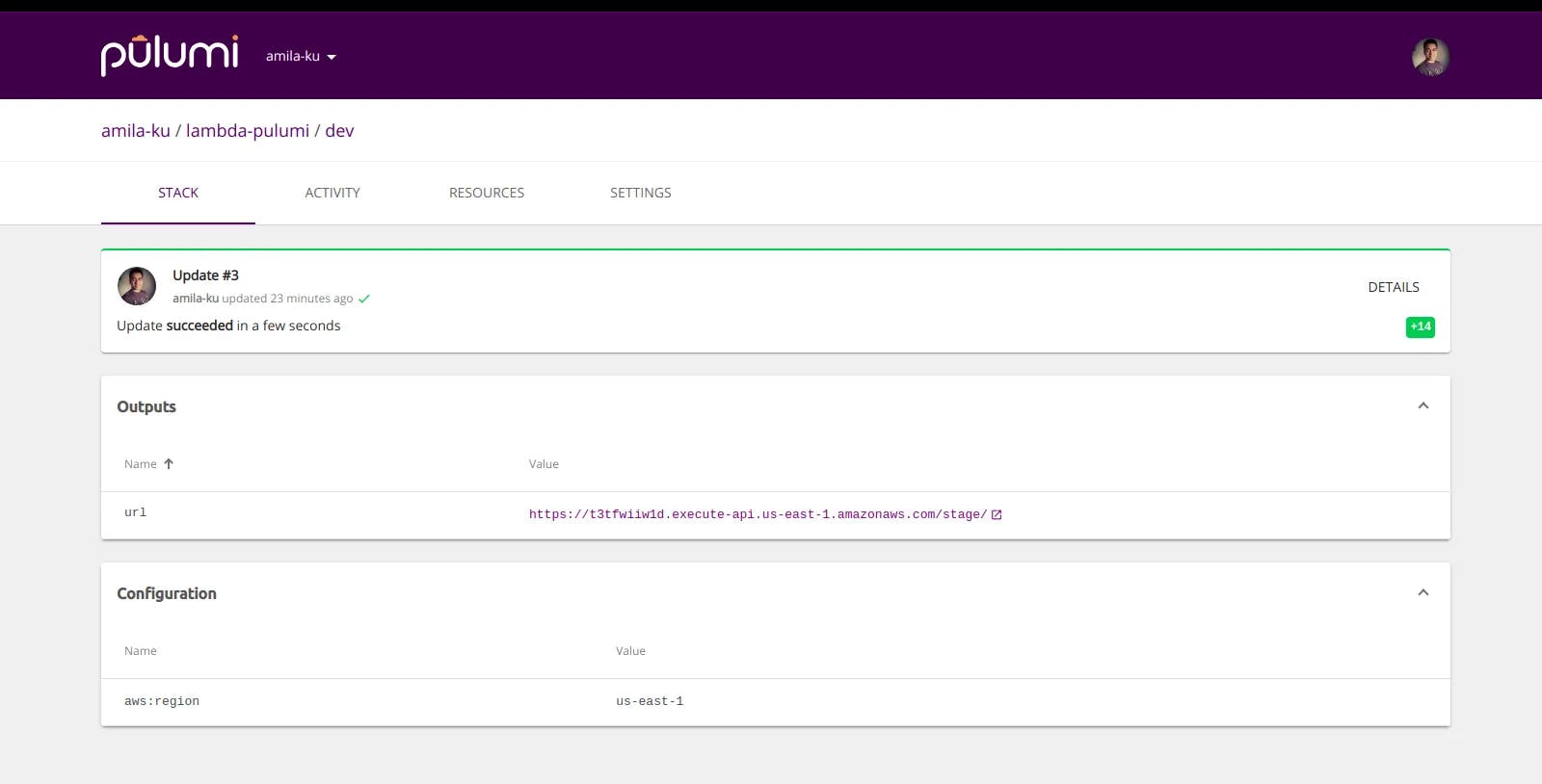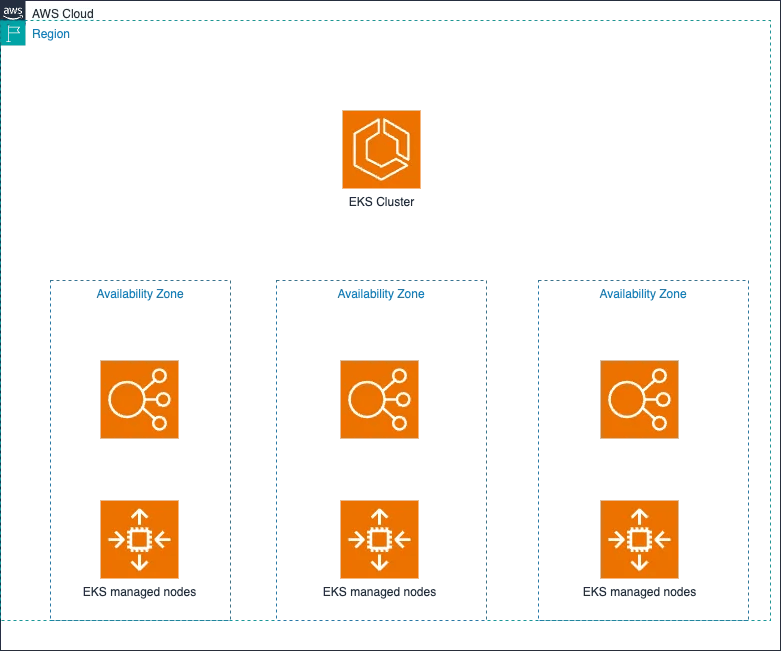3/3/2019
Explore Pulumi to create GEK cluster using python to define the infrastructure as code

Infrastructure as Code (IaC) is being widely accepted as the way forward to implement infrastructure. It gives the ability to reuse, version and test infrastructure as with any regular code. This approach made a huge difference in how infrastructure is managed, the ability to troubleshoot and recover/recreate infrastructure, enable better quality testing, improved efficiency, and predictable deployment, lovers the cost for experimentation, more predictable infrastructure deployments and decreases the meantime for resolution. There are a plethora of tools available to properly implement infrastructure as code and most of them are now grown to be well-oiled frameworks for defining infrastructure. These tools can be categorized into two, procedural and declarative. Terraform, CloudFormation, Saltstack, and Puppet being declarative and Ansible and Chef having a procedural approach. Deciding on which one is best for the job is more based on personal preference but Terraform has been very prominent due to its support for multiple clouds, reusability.
But when thinking about all this points to the question ‘Why do we have to learn yaml based syntax only for implementing Infrastructure as Code?’. And if you started with Cloudformation on AWS and you have to automate your infrastructure in Google Cloud or Azure you would have to learn YAML or JSON based new approach, Terraform would be a good alternative but hcl also has it’s limitations. What if we could define IaC in a regular programming language?.
Luckily there are several options
In this article, we will go through how to set up an AWS Lambda function using Pulumi.
Installing
curl -fsSL https://get.pulumi.com | shverify installation
pulumi versioncreate new project using template
pulumi new hello-aws-javascript — dir lambda-pulumipulumi also provides a similar feature to ‘terraform plan’ with ‘pulumi preview’ command, let's create a project using the existing template
$ pulumi up
warning: A new version of Pulumi is available. To upgrade from version ‘0.16.14’ to ‘0.16.16’, run
$ curl -sSL https://get.pulumi.com | sh
or visit https://pulumi.io/install for manual instructions and release notes.
Previewing update (dev):Type Name Plan
+ pulumi:pulumi:Stack lambda-pulumi-dev create
+ └─ aws:apigateway:x:API hello create
+ ├─ aws:iam:Role hello4c238266 create
+ ├─ aws:s3:Bucket hello create
+ ├─ aws:iam:Role hello66382ec5 create
+ ├─ aws:iam:RolePolicyAttachment hello4c238266 create
+ ├─ aws:s3:BucketObject hello4c238266/index.html create
+ ├─ aws:s3:BucketObject hello4c238266/favicon.png create
+ ├─ aws:iam:RolePolicyAttachment hello66382ec5–32be53a2 create
+ ├─ aws:lambda:Function hello66382ec5 create
+ ├─ aws:apigateway:RestApi hello create
+ ├─ aws:apigateway:Deployment hello create
+ ├─ aws:lambda:Permission hello-f61e7551 create
+ └─ aws:apigateway:Stage hello create
Resources:
+ 14 to createDo you want to perform this update? yes
Updating (dev):Type Name Status
+ pulumi:pulumi:Stack lambda-pulumi-dev created
+ └─ aws:apigateway:x:API hello created
+ ├─ aws:iam:Role hello66382ec5 created
+ ├─ aws:iam:Role hello4c238266 created
+ ├─ aws:s3:Bucket hello created
+ ├─ aws:iam:RolePolicyAttachment hello66382ec5–32be53a2 created
+ ├─ aws:lambda:Function hello66382ec5 created
+ ├─ aws:iam:RolePolicyAttachment hello4c238266 created
+ ├─ aws:s3:BucketObject hello4c238266/index.html created
+ ├─ aws:s3:BucketObject hello4c238266/favicon.png created
+ ├─ aws:apigateway:RestApi hello created
+ ├─ aws:apigateway:Deployment hello created
+ ├─ aws:lambda:Permission hello-f61e7551 created
+ └─ aws:apigateway:Stage hello created
Outputs:
url: “https://t3tfwiiw1d.execute-api.us-east-1.amazonaws.com/stage/”Resources:
+ 14 createdDuration: 28sPermalink: https://app.pulumi.com/amila-ku/lambda-pulumi/dev/updates/3pulumi has a similar feel to how terraform is used to define and create infrastructure. Also it stores project configuration and outputs centrally in Pulumi Dashboard, this information can be shared among friedns easily with this approach.
destroying the resources is also the same as with terraform and it will ask for confirmation before destroying the resources.
$ pulumi destroy
warning: A new version of Pulumi is available. To upgrade from version ‘0.16.14’ to ‘0.16.16’, run
$ curl -sSL https://get.pulumi.com | sh
or visit https://pulumi.io/install for manual instructions and release notes.
Previewing destroy (dev):Type Name Plan
— pulumi:pulumi:Stack lambda-pulumi-dev delete
— └─ aws:apigateway:x:API hello delete
— ├─ aws:apigateway:Stage hello delete
— ├─ aws:lambda:Permission hello-f61e7551 delete
— ├─ aws:apigateway:Deployment hello delete
— ├─ aws:apigateway:RestApi hello delete
— ├─ aws:iam:RolePolicyAttachment hello4c238266 delete
— ├─ aws:iam:RolePolicyAttachment hello66382ec5–32be53a2 delete
— ├─ aws:s3:BucketObject hello4c238266/index.html delete
— ├─ aws:lambda:Function hello66382ec5 delete
— ├─ aws:s3:BucketObject hello4c238266/favicon.png delete
— ├─ aws:s3:Bucket hello delete
— ├─ aws:iam:Role hello4c238266 delete
— └─ aws:iam:Role hello66382ec5 delete
Resources:
— 14 to deleteDo you want to perform this destroy?
yes
> no
detailsPulumi seems like a great alternative to using terraform since we can use any programming language tha we are familiar, but i found terraform docs to be far superior and with pulumi it was not as easy. This might change with more time as Pulumi is relatively new.
Repository: https://github.com/amila-ku/gke-pulumi
Recommended Posts

In this article, we’ll explore how to leverage Terraform to streamline the process of creating an AWS EKS cluster and integrating it with an Application Load Balancer (ALB), ensuring a scalable and resilient infrastructure for cloud native applications.
Publication Date
3/31/2024

AWS introduced AWS Graviton series of processors supported EKS since 2019 and this gives a good opportunity to reduce cost and gain better performance.
Publication Date
4/29/2022